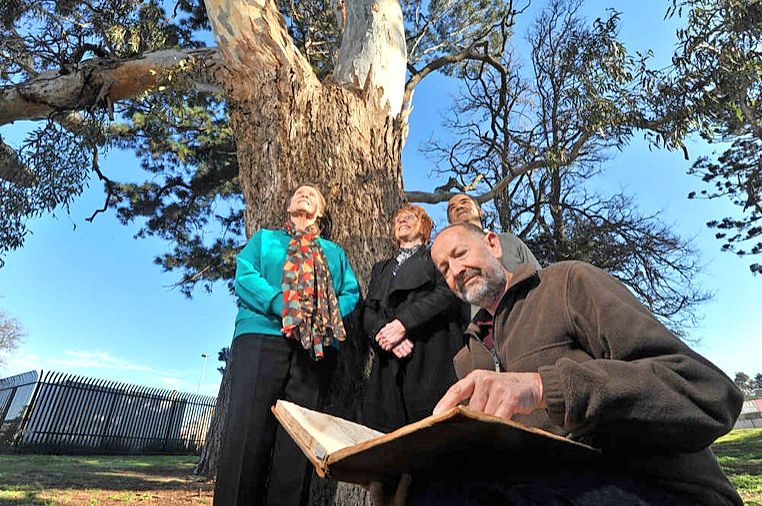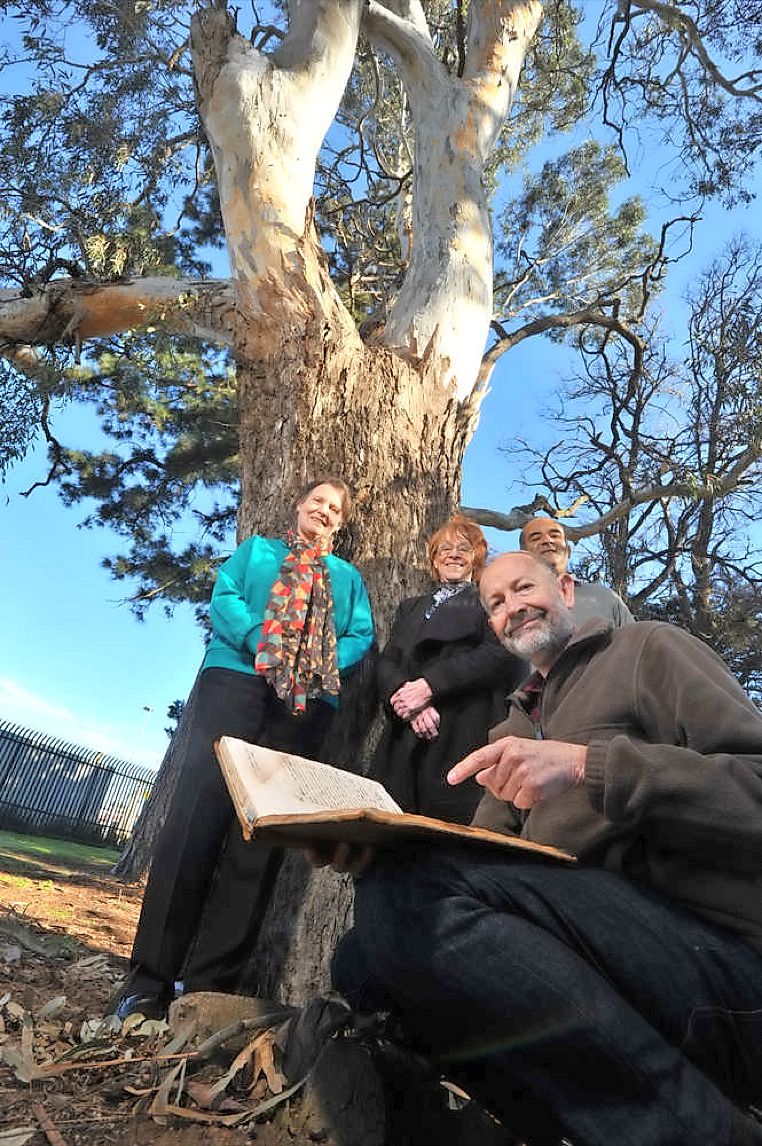
Rosemary Harrigan struck proverbial gold earlier this year while transcribing letters from the late 19th century.
The principal historical researcher of the Werribee District Historical Society found three letters from Shire of Wyndham council secretary Thomas Haynes to the then-director of the Melbourne Botanic Garden, Baron Sir Ferdinand Jacob Heinrich von Mueller.
The letters, written by Mr Haynes between May 6 and June 10, 1867, reveal the council applied to Baron von Mueller for a “gift of trees and shrubs” to plant in the Shire Hall Reserve in front of the original mid-19th century shire office, which is now the old bluestone Masonic Hall on the corner of Watton Street and Greaves Street South.
“There is required sufficient (sic) to plant a border of about 10 chains with two and three rows of plants. Your kindness herein will be esteemed a favour,” Mr Haynes wrote.
Horticulturalist and heritage tree researcher Charlie Buttigieg said Baron von Mueller was well known for collecting plant material and growing the material at the Botanic Garden. From this propagated material he donated many trees, shrubs and plants all over the colony.
“But there are very few of his tree plantings that have the accompanying letters outlining how they came to be planted,” he said.
“What’s interesting is the letters very clearly show the intention of the council at the time.”
The unearthing of the 1867 letters earlier this year was fortuitous, Mr Buttigieg said, because next year marks 150 years since the trees, a mix of native and exotics, were donated by Baron von Mueller.
The horticulturalist has reconstructed the historical story behind the 1867 letters and highlighted some of the more interesting trees and shrubs in a recent 20 page paper.
Historical society secretary Lance Pritchard said the trees were more important than originally thought.
“We knew we had some significant trees there, but we didn’t know the story behind them,” he said.







